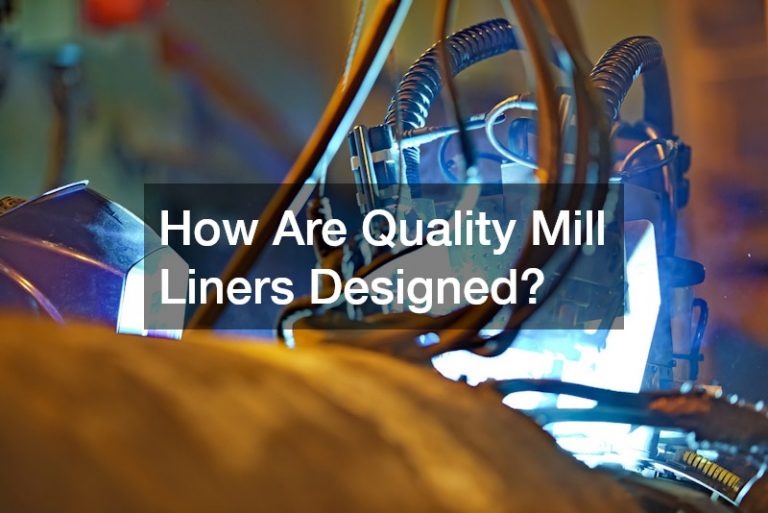Designing quality mill liners is a critical process that directly impacts the efficiency and longevity of grinding mills in various industries, including mining and cement production. A well-designed mill liner not only protects the mill’s shell from wear and tear but also enhances the grinding process, ensuring optimal performance.
The design of mill liners begins with a thorough understanding of the specific mill’s operational requirements. Engineers consider factors such as the type of material being processed, the size of the mill, and the expected impact forces. These factors guide the selection of materials for the liners, which can range from high-chrome steel to composite materials, each chosen for their durability and wear resistance.
A key aspect of designing quality mill liners is the incorporation of advanced simulation software. This technology allows engineers to model the milling process and predict how the liners will perform under different conditions. By optimizing the liner profile, engineers can enhance the movement of the grinding media, increasing impact energy and improving grinding efficiency.

In today’s fast-paced industries, the ability to provide quick delivery mill liners is essential. Manufacturers prioritize streamlined production processes and efficient supply chains to meet the demands for quick delivery mill liners without compromising on quality. This ensures that mills can continue operating with minimal downtime, maintaining productivity and reducing operational costs.
Overall, the design of quality mill liners is a complex process that balances durability, performance, and the need for quick delivery to ensure that grinding mills operate at their best.




